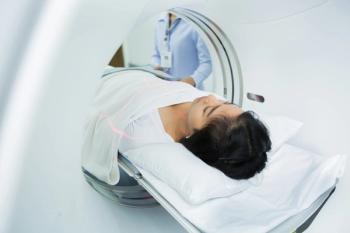
Diagnostic Imaging's Weekly Scan: Nov. 27, 2020
Low-dose CT for lung cancer screening offers significant benefits for detection and follow-up, but utilization, to date, has been low. Debra S. Dyer, M.D., chair of the American College of Radiology's Lung Cancer Screening 2.0 Committee discusses what the screening provides and the challenges to more widespread implementation.
Welcome to Diagnostic Imaging. I’m senior editor, Whitney Palmer
It’s Lung Cancer Awareness month, and one of the biggest advancements in the detection of the disease in recent years has been low-dose CT for screening. Not only does this technique offer a way to pinpoint whether a patient has lung cancer without exposing him or her to high levels of radiation, but it also provides a safe way to conduct multiple follow-up scans, as needed.
However, to date, utilization of this low-dose method has fallen well below expectations and hopes. With only 4.5 percent to 5 percent of eligible patients actually getting scanned, there’s a lot of room for improvement. This week, Diagnostic Imaging spoke with Dr. Debra Dyer, chair of the American College of Radiology’s Lung Cancer Screening 2.0 Committee about the benefits of low-dose CT, the challenges that exist to wider adoption and implementation, and what providers and facilities can do to increase screening rates.
Here’s what she had to say.
For more coverage based on industry expert insights and research, subscribe to the Diagnostic Imaging e-Newsletter
Newsletter
Stay at the forefront of radiology with the Diagnostic Imaging newsletter, delivering the latest news, clinical insights, and imaging advancements for today’s radiologists.



























